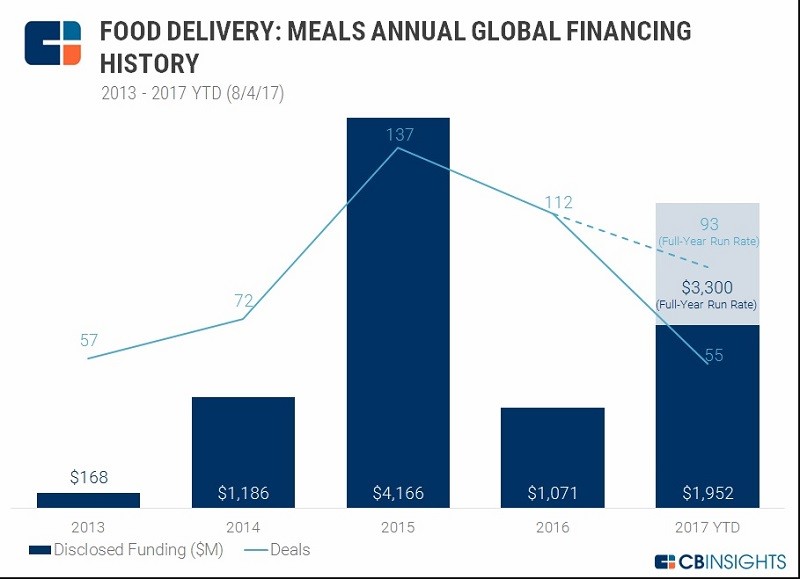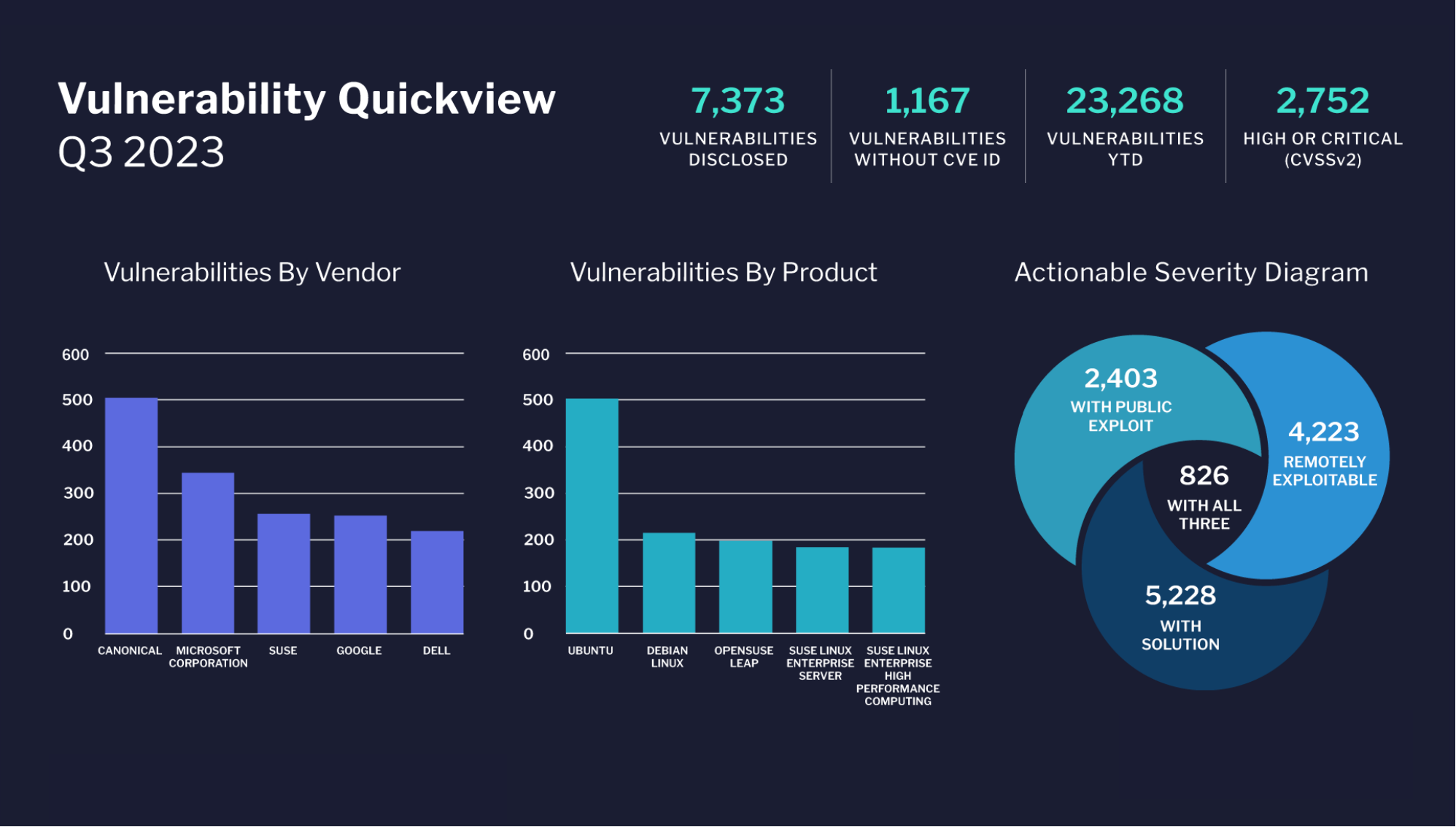Food industry news are usually dominated by topics like Amazon’s acquisition of Whole Foods and continuing closures of stores by behemoth food chains and eateries in North America. Which, however, signals a side trend – innovative technologies are becoming a major driving force for market growth in this industry.
In the first quarter of 2017 food delivery startups worldwide are reporting an 18 percent growth in deals, according to a report by CB Insights. Huge financing rounds for Ele.me and Delivery Hero during the first half of 2017, north of $500 million, are boosting estimates that meal delivery equity funding will reach $3.3 billion by the end of the year.

Food companies like Just eat, Delivery Hero, GrubHub, Foodora, Doordash and Munchery all deliver prepared meal and restaurant meals. Other food startups such as Instacart, Door to Door Organics, and Blue Apron specialize in grocery deliveries and delivery of meal kits.
What they have in common is that all of them rely on new technologies to let customer order food on the fly and get it delivered rapidly to a location of their choice. Which in turn results in growing challenges for food startups, restaurants, and groceries alike.
You can find and order meal online in minutes in most parts of the world. Using a mobile app to order food and get meal orders is great but this is only the top of the iceberg. Then you have to deal with at least three operating systems for mobile devices (iOS, Android, and Windows) while those OSs are largely incompatible. An average restaurant providing on-demand meals should either utilize different devices to get orders and fulfil them or invest in a largely expensive software that is able to funnel all orders from different channels into a standardized flow of orders.
And once you have managed to cope with this issue, there comes the problem with logistics. You need to deliver the food fast, inexpensively, and accurately. If you are taking hundreds of online orders an hour in a city like New York, Los Angeles, Montreal, or Toronto, you have orders that are not distributed evenly. What a restaurant would do in case it gets a great number of orders from opposite parts of a city, for example.
That is why companies like Ford Motor Co. and Domino’s Pizza are joining forces in an attempt to find a solution that is delivering food though autonomous cars. According to their joint statement, randomly-selected customers of Domino’s in Ann Arbor will see their food delivered by a Ford Fusion Hybrid Autonomous Research Vehicle. Well, a Ford safety engineer will be in the car, but this is a nice start.
Obviously, the Ford’s self-driving vehicle will use a sort of artificial intelligence (AI) to perform the task. Customers will be able to track the delivery through a custom GPS application but this is no innovation anymore. What is more important is the emergence of the very idea to use AI and other advanced technologies for such a simple task like meal delivery.
An innovative approach to logistics, however, does not solve all the pains of restaurants and grocery owners. Predictive analytics and Machine Learning technologies, for example, are able to resolve many issues caused by occurrence of excessive number of orders in unexpected periods. Advanced algorithms can also be very good in predicting preferred meals by location, hour of the day, or day of the week.
What we are witnessing now is only the beginning of a massive transformation across the entire food making and food delivery industry. Ford and Domino’s want to test how customers will react to on-demand food delivery by a, well, robot. Their experiment may produce interesting insights but when you look at the broader picture, you know that the right question is not whether customers will embrace on-demand food delivery by AI-powered robots but when.
By Kiril. v Kirilov





